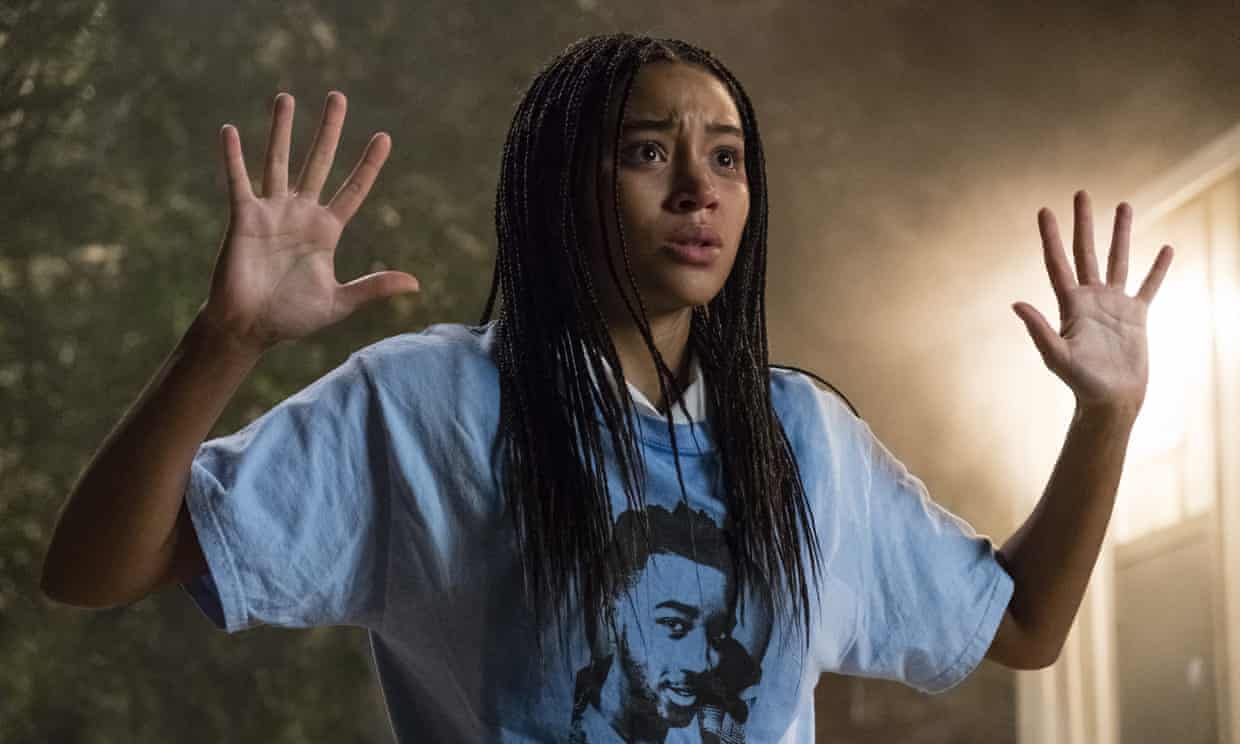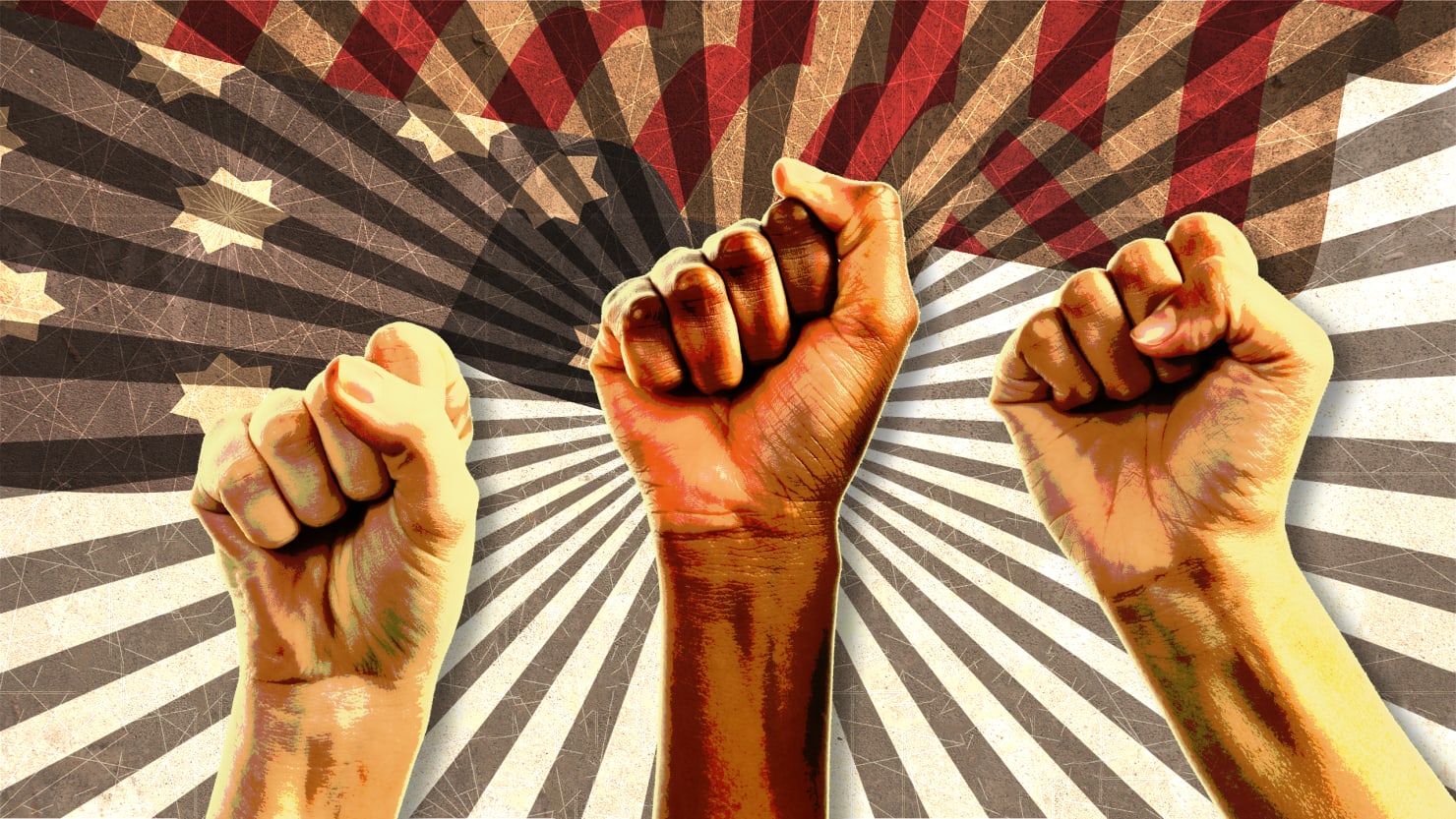Narratives of PassingPosted in Articles, Course Offerings, Literary/Artistic Criticism, Media Archive, Passing, United States on 2018-11-06 21:50Z by Steven |
Vassar College
Poughkeepsie, New York
2015-?
Amitava Kumar, Professor of English
(Same as AFRS 253) Topic for 2019b: Narratives of Passing. The phrase “passing for white,” peculiar to American English, first appears in advertisements for the return of runaway slaves. Abolitionist fiction later adopts the phenomenon of racial passing (together with the figure of the “white slave”) as a major literary theme. African American writers such as William Wells Brown and William Craft incorporated stories of passing in their antislavery writing and the theme continued to enjoy great currency in African American literature in the postbellum era as well as during the Harlem Renaissance. In this class, we examine the prevalence of this theme in African American literature of these periods, the possible reasons for the waning interest in this theme following the Harlem Renaissance, and its reemergence in recent years. In order to begin to understand the role of passing in the American imagination, we look to examples of passing and the treatment of miscegenation in literature, film, and the law. We consider the qualities that characterize what Valerie Smith identifies as the “classic passing narrative” and determine how each of the texts we examine conforms to, reinvents, and/or writes against that classic narrative. Some of the themes considered include betrayal, secrecy, lying, masquerade, visibility/invisibility, and memory. We also examine how the literature of passing challenges or redefines notions of family, American mobility and success, and the convention of the “self-made man.”




